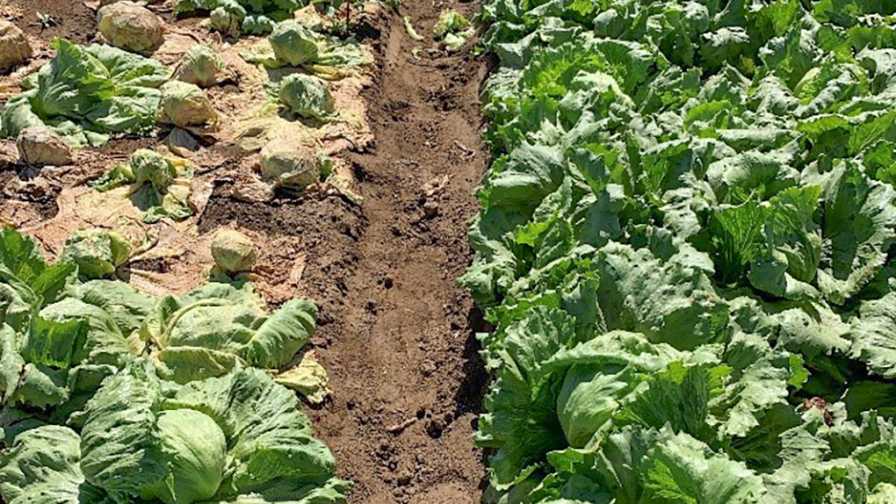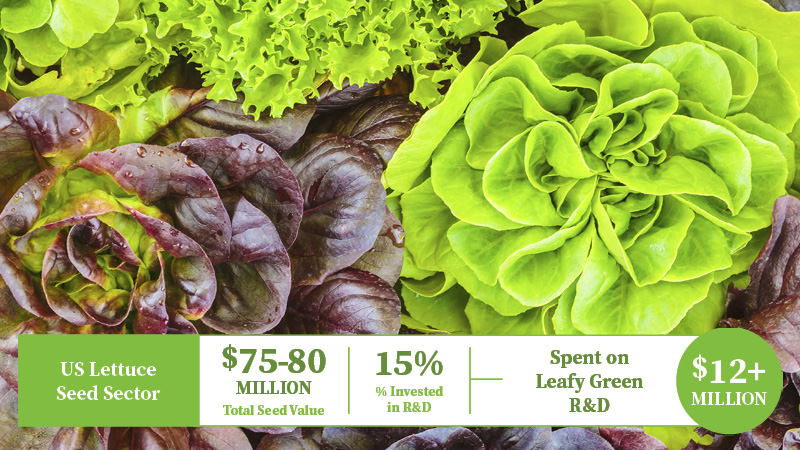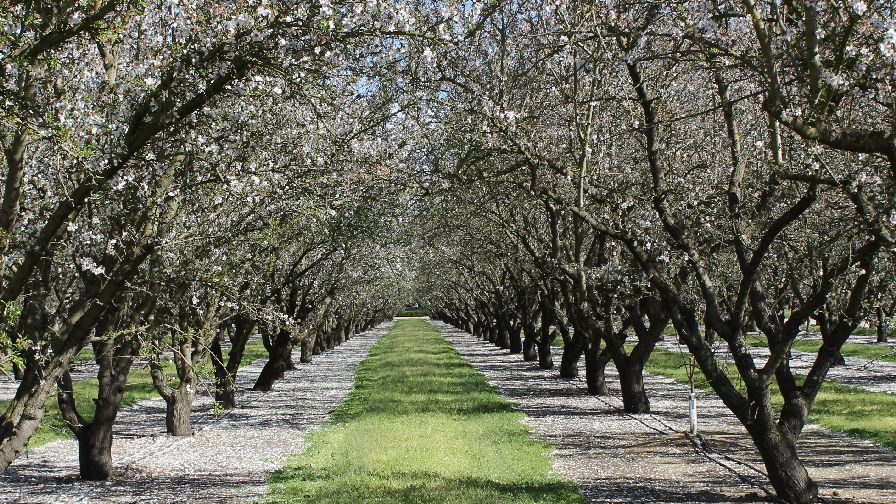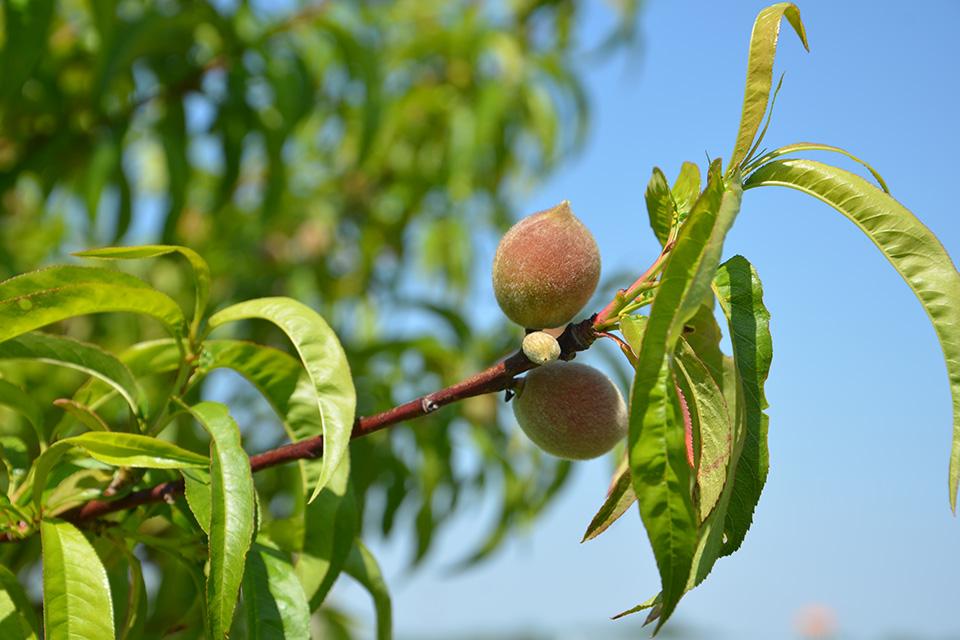Pest Patrol: West

In California’s Central Valley, there are several problems that frequently occur. According to Thomas A. Turini, who is with the University of California cooperative Extension, Imperial County, processing tomatoes are the most valuable vegetable crop in the area. And, this crop sees its fair share of pests.
To start out, the thrips transmitted virus, tomato spotted wilt (TSWV) has caused economic damage in the state. Several crops can support the virus, but those most severely damaged are tomatoes and peppers.
When possible, Turini advises growers to eliminate sources of the virus before planting. Once a grower knows the virus is in his area, however, action must be taken. Turini says several materials have shown promise against thrips in trials conducted in Fresno County in 2007 and 2008. Those trials, he says, included Radiant, Lannate (methomyl, DuPont), Dimethoate, and Beleaf (flonicamid, FMC Corp.) tank mixed with Mustang (S-Cyano, FMC Corp.). “In 2008, I included Surround, an altered kaolin clay produced by TKI NovaSource, which also resulted in reduced thrips counts,” he adds.
Powdery mildew of tomatoes also has become an increasingly severe problem in the Central San Joaquin Valley, says Turini. “In 2007 and 2008, it was common throughout this area, and the character of the disease has changed in recent years,” he explains. “This disease was a characterized by angular yellow lesions that die and turn brown at later stages of disease development. In the last two years, however, the grey-white fungal growth has become common both on lower and upper leaf surface. In the past, it was possible to occasionally find the whitish-ashy substance on the lower leaf surface.”
The products that combat this pathogen include Cabrio (pyraclostrobin BASF), Flint (trifloxystrobin, Bayer CropScience), and Quadris (azoxystrobin, Syngenta Crop Protection), which all have the same mode of action and should not be used in rotation or tank mixed with one another. These three products could be used in rotation with sulfur and Rally (myclobutanil, Dow AgroSciences).
Another researcher from California, Steve Koike, who is a plant pathology farm advisor at the University of California Cooperative Extension in Monterey County, says that in the coastal California region, downy mildew is a problem on spinach and lettuce. He says a new race of the spinach downy mildew, race 11, is now damaging previously resistant cultivars.
In addition, he says tospoviruses have become a recent concern. “We have had tomato spotted wilt virus for a long time on some crops, including pepper, radicchio, and sometimes lettuce,” says Koike, who also is one of AVG’s Editorial Advisory Board members. “However, there has been a severe problem with impatiens necrotic spot virus (INSV) of lettuce in the past three seasons. While not affecting all lettuce regions in the Salinas Valley, where it occurs, INSV can be very damaging to lettuce.”
To find out if you have an INSV outbreak, look for typical downy mildew symptoms, such as leaf lesions, spore growth on the underside of leaves. For INSV, the symptoms include stunting, yellowing, and brown necrosis, he explains.
According to Koike, to keep downy mildew from ruining your crops, plant resistant cultivars and use labeled fungicides. For INSV on lettuce, however, management is a little tricky. Because resistant cultivars have not been developed, Koike advises growers to spray for the vector, which is thrips. Koike and other researchers know, however, that for most plant virus problems, vector control is not the answer. Additional research is needed to find the source of the virus and to develop other control measures.
Adding to the pest list, Brenna Aegerter at the University of California-Davis mentions fusarium basal plate rot on onions, garlic, and leeks. She says growers will know that their plants are afflicted with basal rot if they show progressive yellowing and dieback from the tips of leaves. “Affected roots are dark brown to dark pink, and a white fungal growth is sometimes evident at the base of infected bulbs,” she adds.
To keep this fungus away from your plants, she says it’s important to know that it survives indefinitely in soil and that infection occurs through wounds or near old root scars at the base of the bulb. “Basal rot is more prevalent in transplanted onions than in direct-seeded onions,” Aegerter adds. “Damage from insect feeding can increase the disease.”
Her suggestion to growers is to avoid fields with a history of basal rot problems and rotate three to four years out of onions, garlic, and leeks, control soil insects and foliage diseases, cure onions properly before storage, and store the produce at cool temperatures as infection can occur in warm conditions.
What chemical controls can be used? Right now, no chemicals can be applied in California, she says. In other areas, fungicides have been used on seeds or transplants.









